
How to Initialize an ArrayList in Java Declaration with Values
To initialize a list in Java, apply the " Arrays.asList () " method, the " List.add () " method, the " Collections " class methods, the " Stream " approach, or the " List.of () " method. The "Arrays.asList ()" method is the most effective as it initializes a list directly with a minimal code. « Does Java Support Struct.

Java Tutorial 16 For Initialize and Iterate Array YouTube
Below are the following ways to initialize a list: Using List.add () method Since list is an interface, one can't directly instantiate it. However, one can create objects of those classes which have implemented this interface and instantiate them. Few classes which have implemented the List interface are Stack, ArrayList, LinkedList, Vector etc.

How to declare and initialize a List (ArrayList and LinkedList) with
In Java, the simplest way to initialize an ArrayList involves using the 'new' keyword and the 'ArrayList' constructor. This method is perfect for beginners and is often used in a wide range of Java programs. Here's how you can initialize an ArrayList: ArrayList

How to create and initialize List or ArrayList in one line in Java
The easiest way to initialize a list in Java is to initialize one using an existing array. Let's define an array of strings: String[] names = {"John", "Mary", "Peter"}; Now, we can initialize a list from this array using the Arrays.asList () method. This method takes an array as an argument and returns a list containing the same elements as the.

Initialize List of String in Java Delft Stack
One way to initialize a list in Java is by specifying a fixed number of elements. This is useful when you know the exact number of elements the list will contain. To initialize a list with a fixed number of elements, you can use the 'Arrays.asList()' method. This method takes a variable number of arguments and returns a fixed-size list.

Java Initialize String Arrays Arrays in Java YouTube
This post will discuss different ways to initialize a List of Lists in Java. 1. Using List.add () method You can declare a List of Lists in Java, using the following syntax. It uses the new operator to instantiate the list by allocating memory and returning a reference to that memory. Download Run Code Output: []

Trouver l’élément minimum et maximum d’une collection en Java StackLima
When working with Java, initializing a list is a common task that you'll encounter in various scenarios. Whether you're creating a new list from scratch or converting other data structures into a list, having a clear understanding of different initialization techniques can greatly enhance your coding efficiency.

How to Initialize a List in Java Sabe.io
java - Best way to initialise a list with just one element without splitting the declaration and initialisation - Stack Overflow Best way to initialise a list with just one element without splitting the declaration and initialisation Ask Question Asked 5 years, 7 months ago Modified 1 year, 1 month ago Viewed 3k times 5
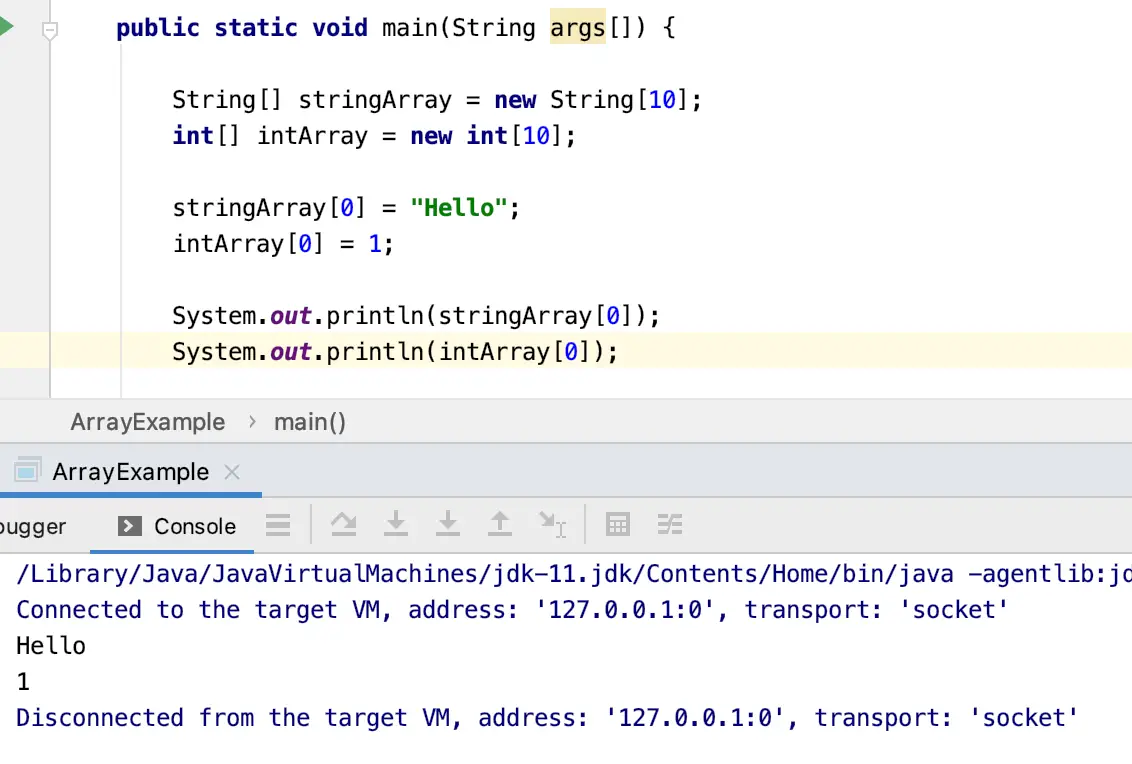
An Introduction to Java Arrays Programmathically
1. Overview List is a pretty commonly used data structure in Java. Sometimes, we may need a nested List structure for some requirements, such as List
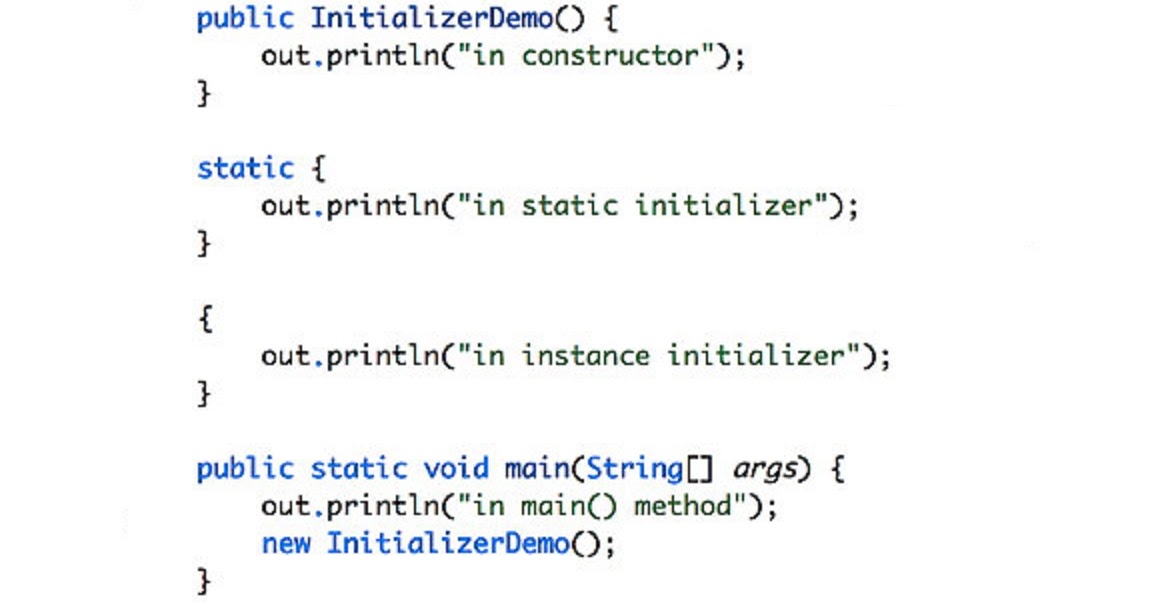
How to initialize HashMap with values in Java? One liner Java67
1 Create an ArrayList. If you already have an ArrayList you can skip this, but if not, create one. Use the following code snippet to create your ArrayList where

How to Initialize a Java List List of String Initialization in Java
Initialize List in Java using Guava. 7. Using Apache Commons Collections. Apache Commons Collections ListUtils class provides unmodifiableList() that returns an unmodifiable list backed by the given list. It throws a NullPointerException if the given list is null and an UnsupportedOperationException if any modification operation is performed on it.
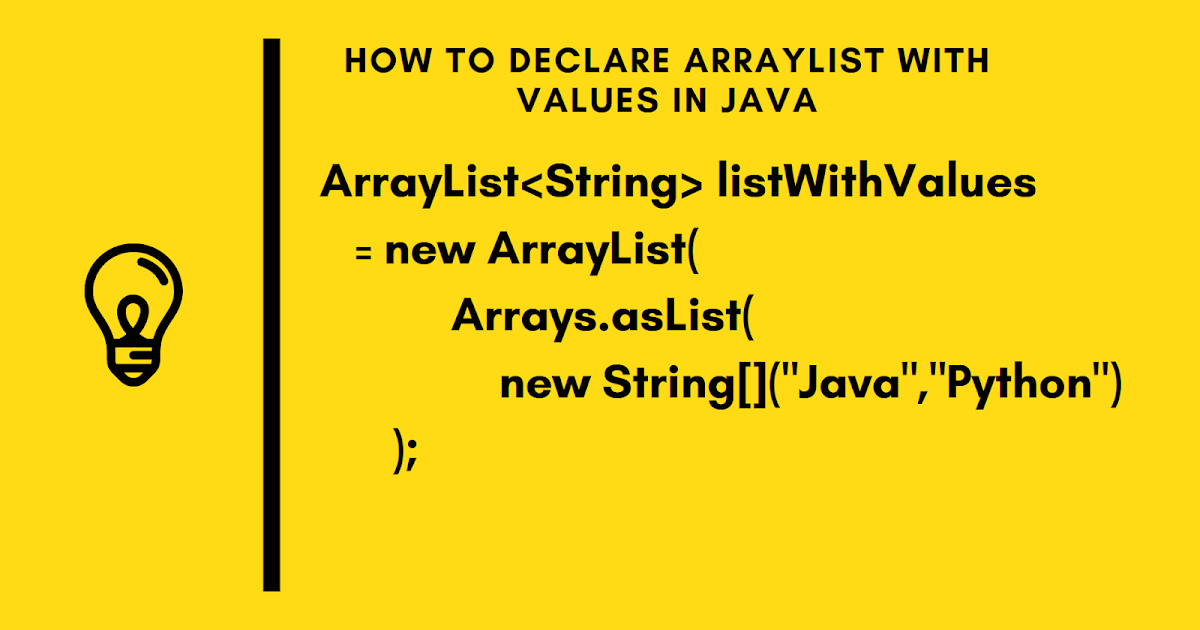
How to declare and initialize a List with values in Java (ArrayList
2011 answer If you create a helper method, the code looks a bit nicer. For example public class Collections { public static
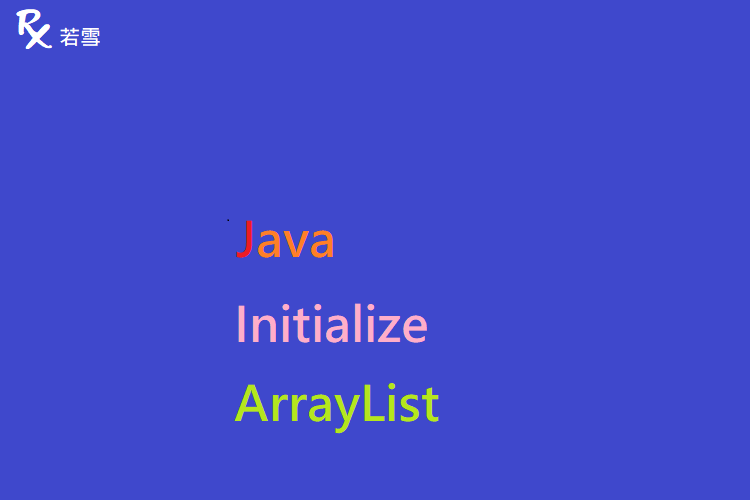
Initialize ArrayList in Java Java 147 Ruoxue 極客
Different methods to initialize a Java list The list is declared by the following method: java // java initialize list through List constructor. List

Java 8 initialize set with values with an example program
To initialize a List with values, we can use the constructor that takes a Collection as an argument. We can pass any collection object that implements the Collection interface to this constructor, such as another ArrayList or a LinkedList. The elements in the collection are added to the new ArrayList in the order they appear in the collection.
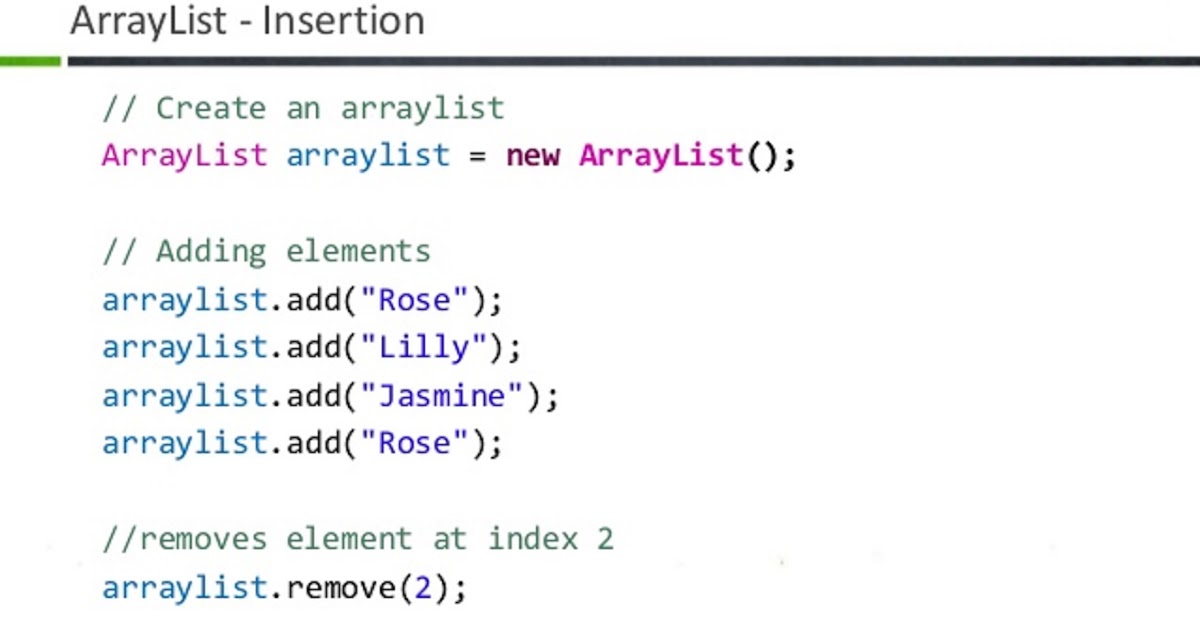
Java Returning Arraylist That Is Removed From Any Elements In Phrases
A Java List can be initialized in various ways. However, initializing a list with multiple elements can be a tedious task. This tutorial will discuss different techniques to initialize a list in one line to make your work easy and reduce boilerplate code.. 1. Using List.of() [Java 9]. Java 9 provides factory methods like List.Of() which makes it convenient to initialize a list with a number of.
[Solved] What is the shortest way to initialize List of 9to5Answer
June 15, 2023 This Java List Tutorial Explains How to Create, Initialize and Print Lists in Java. The tutorial also Explains List of Lists with Complete Code Example: This tutorial will introduce you to the data structure 'list' which is one of the basic structures in the Java Collection Interface.